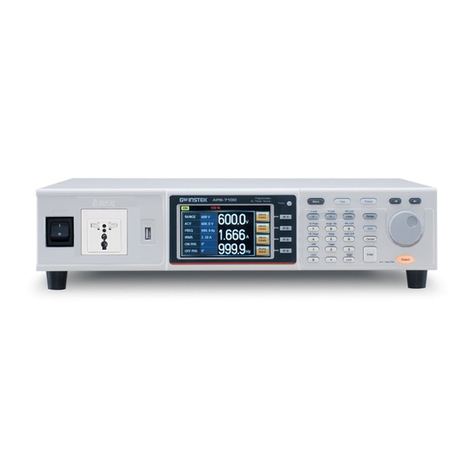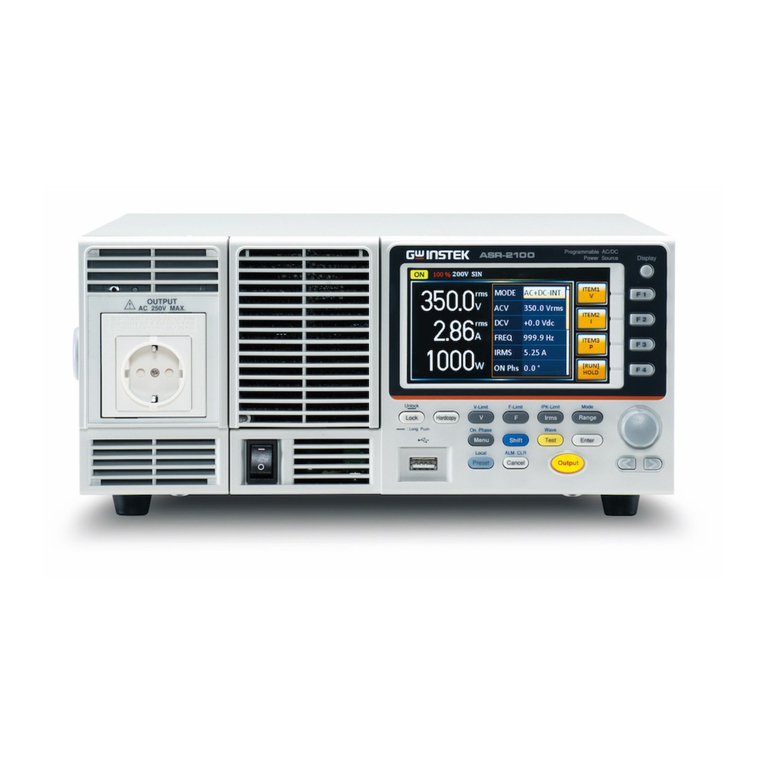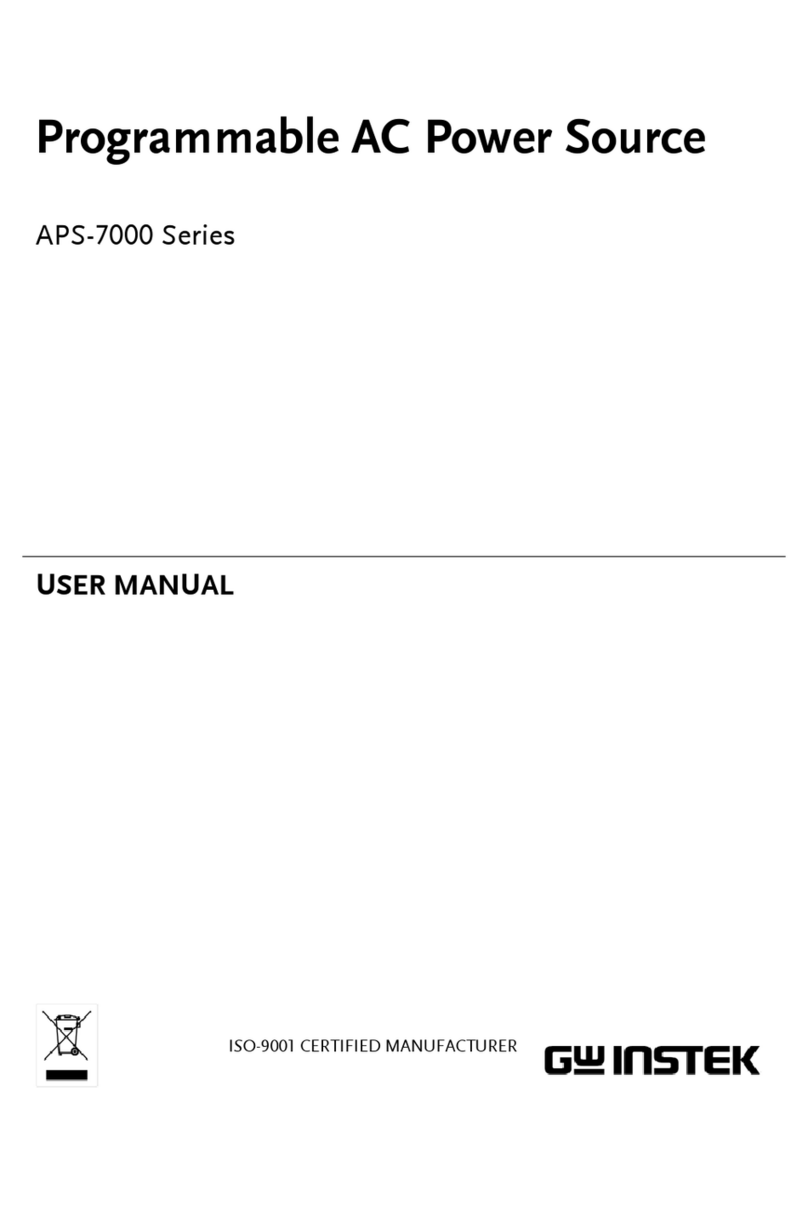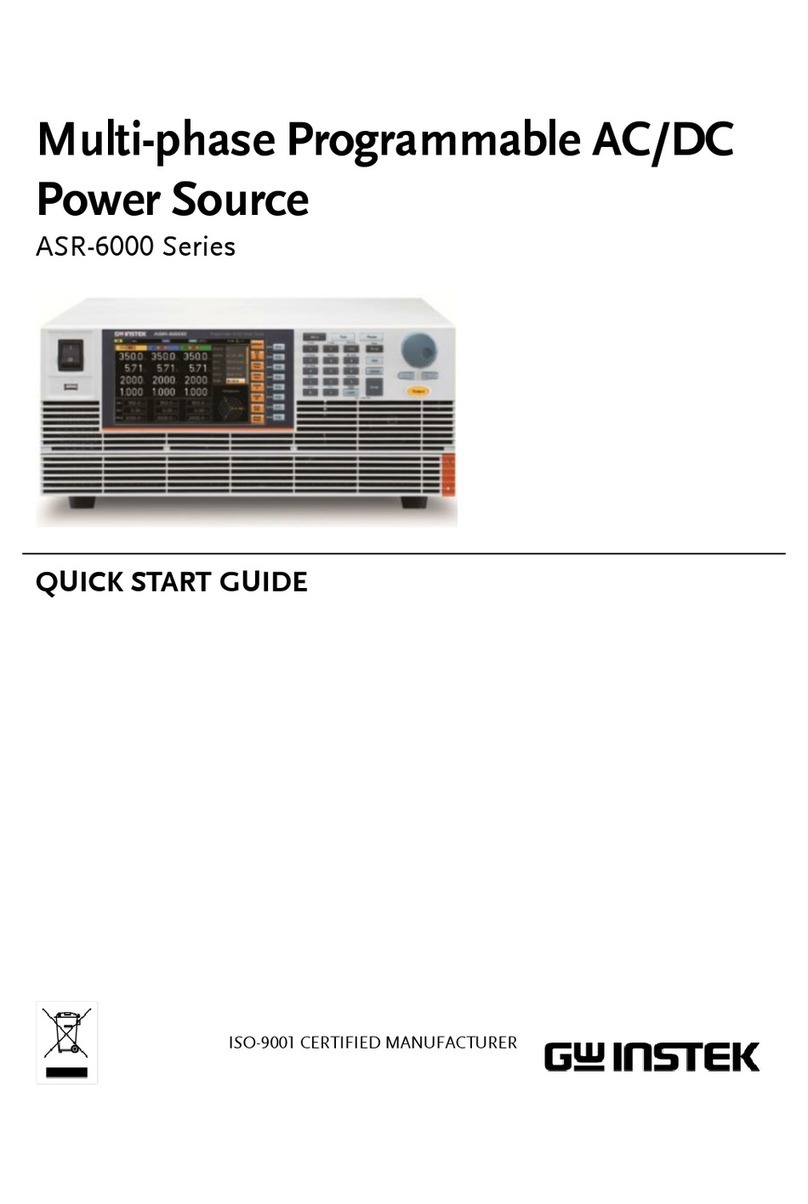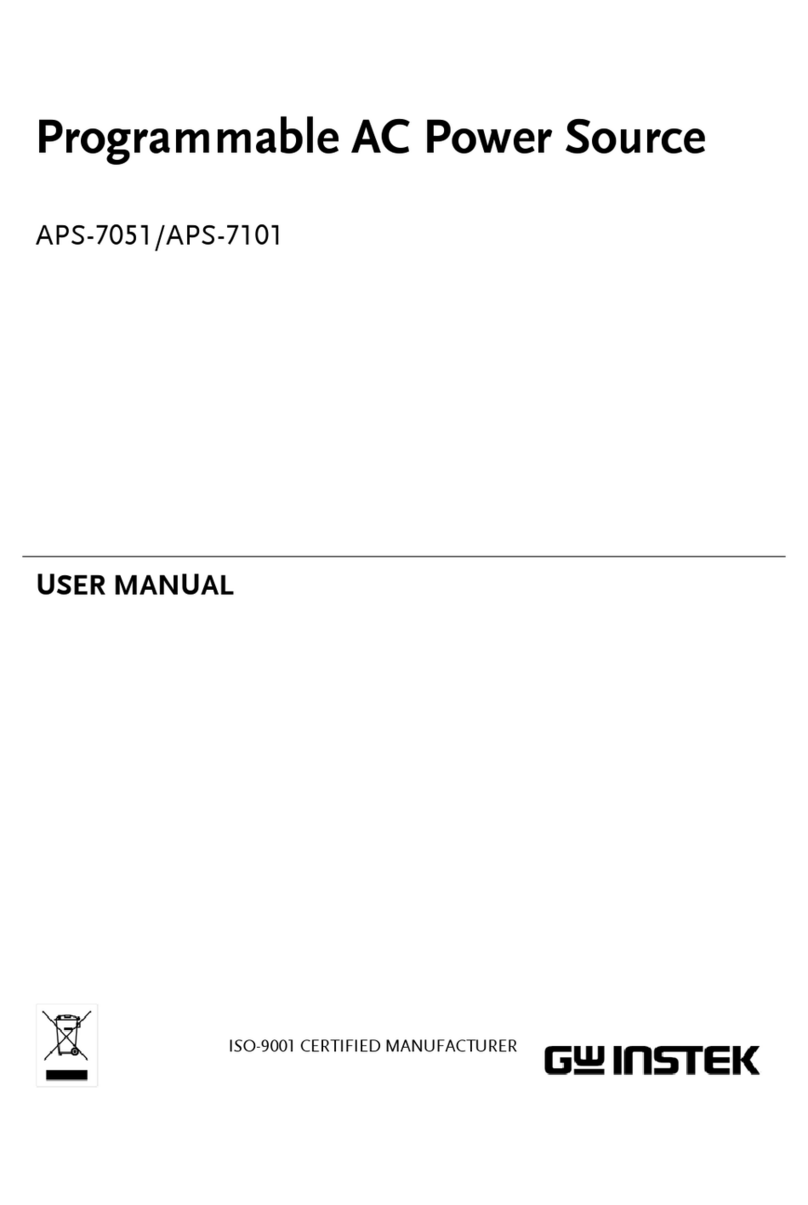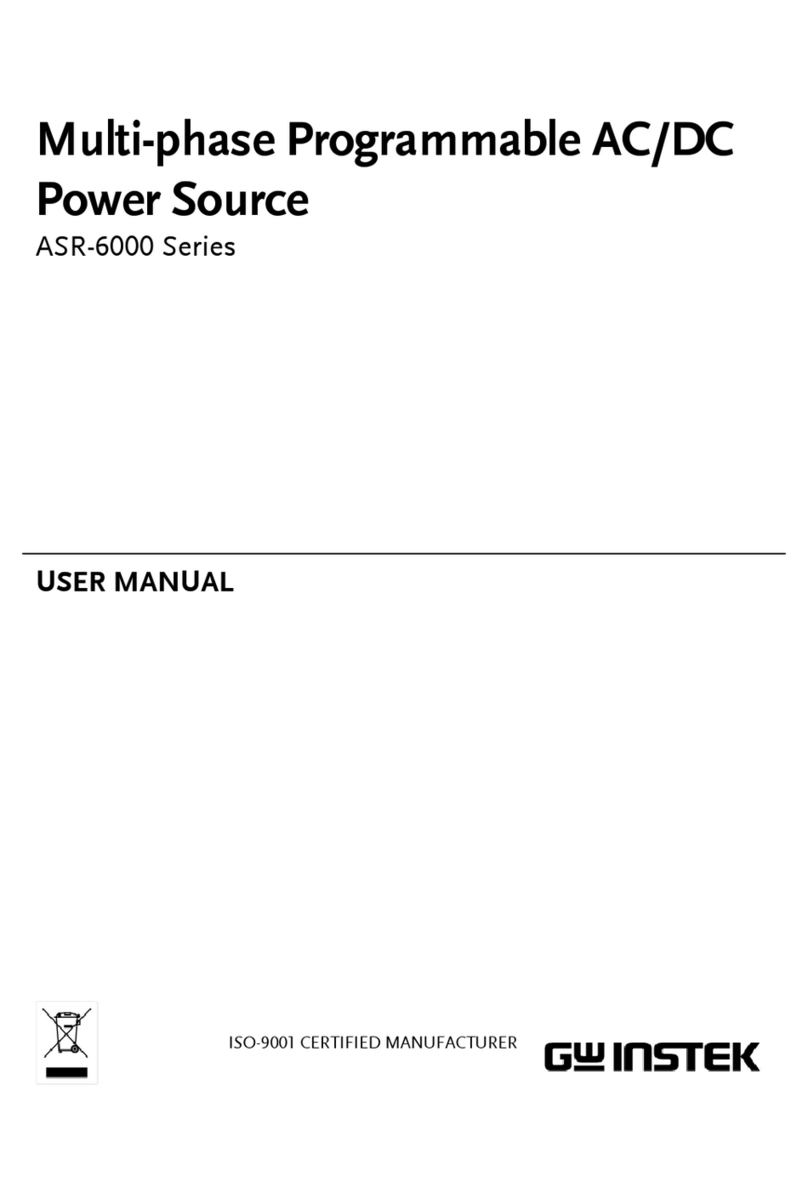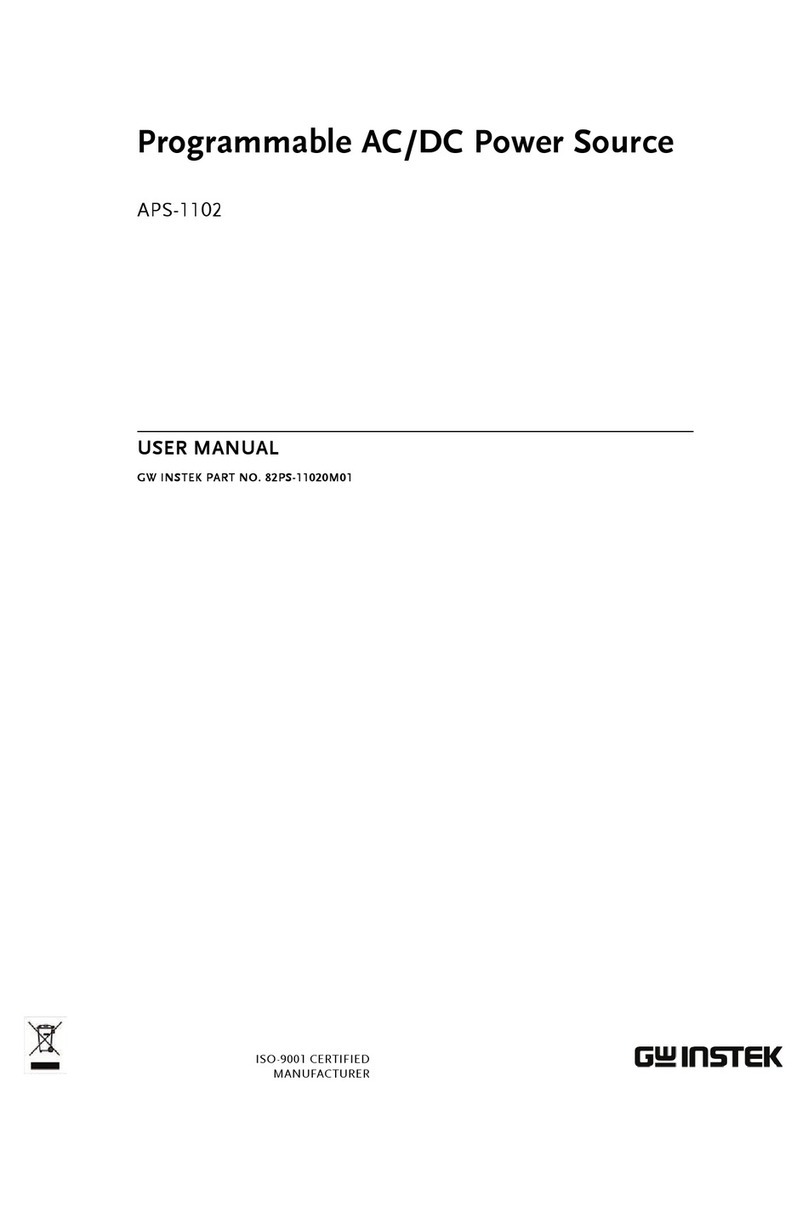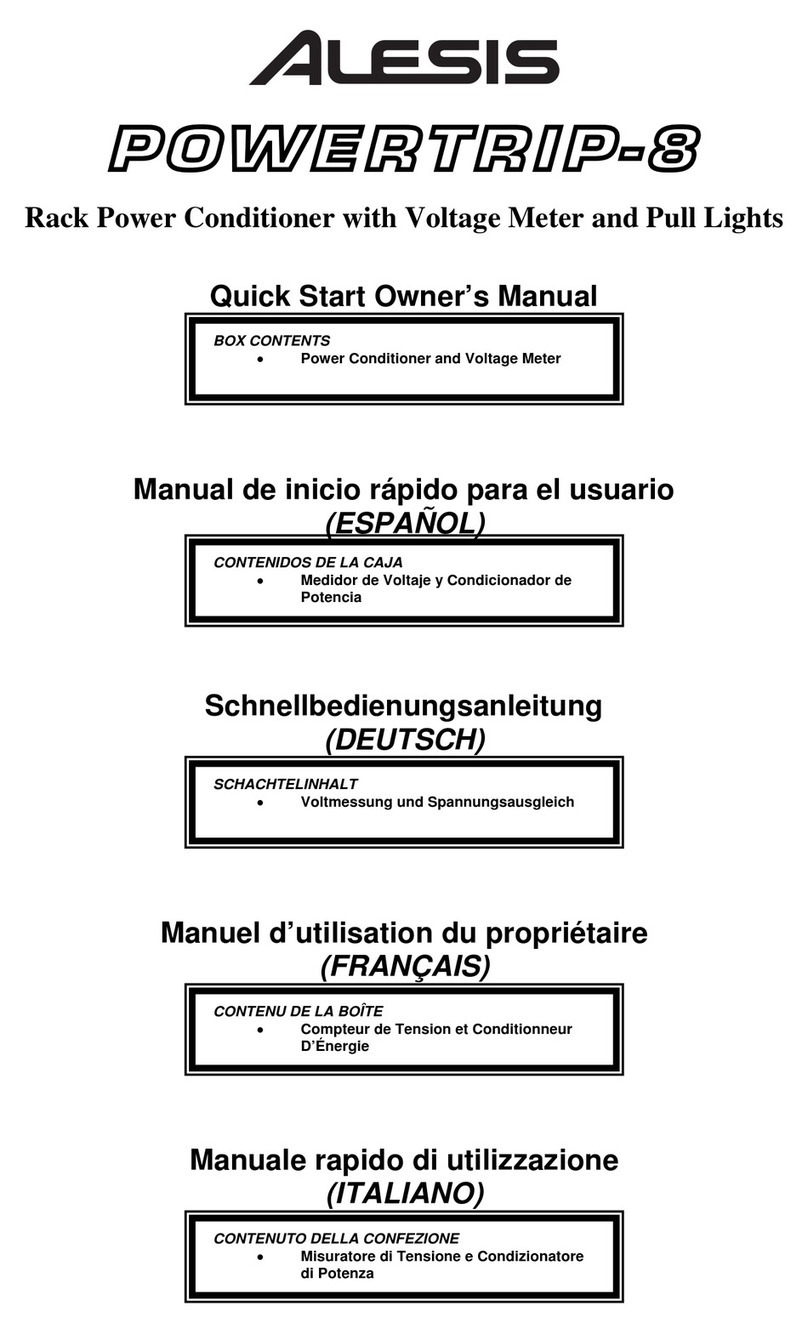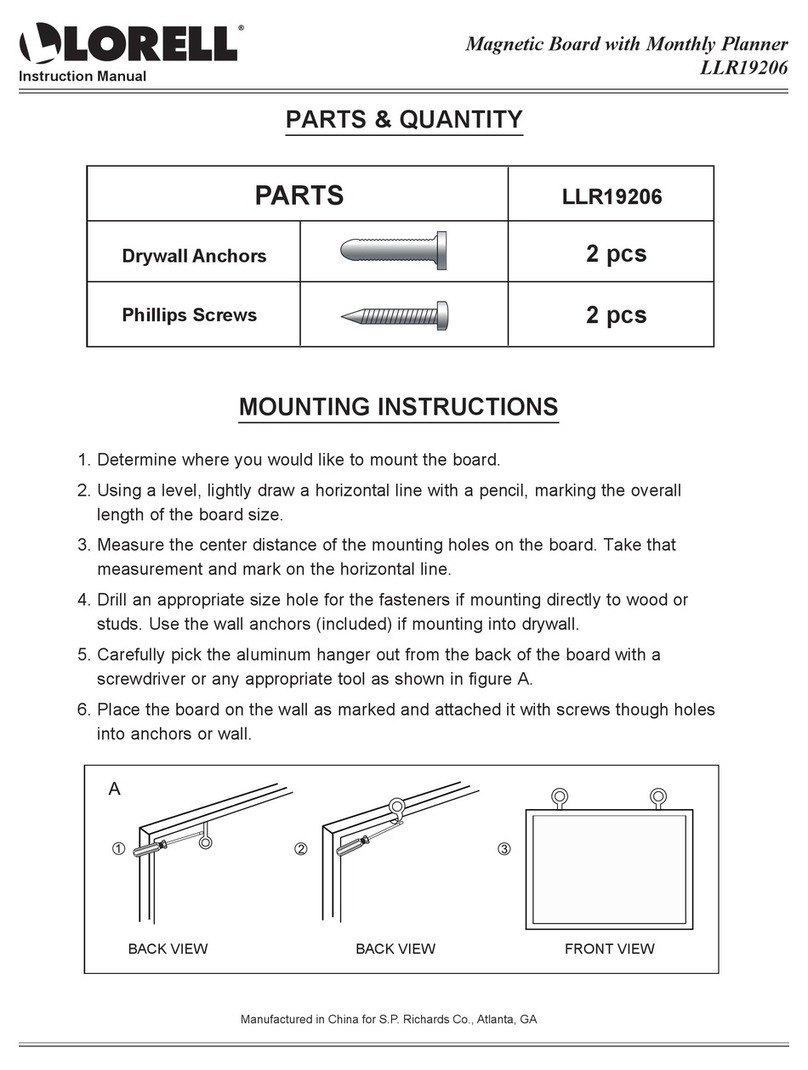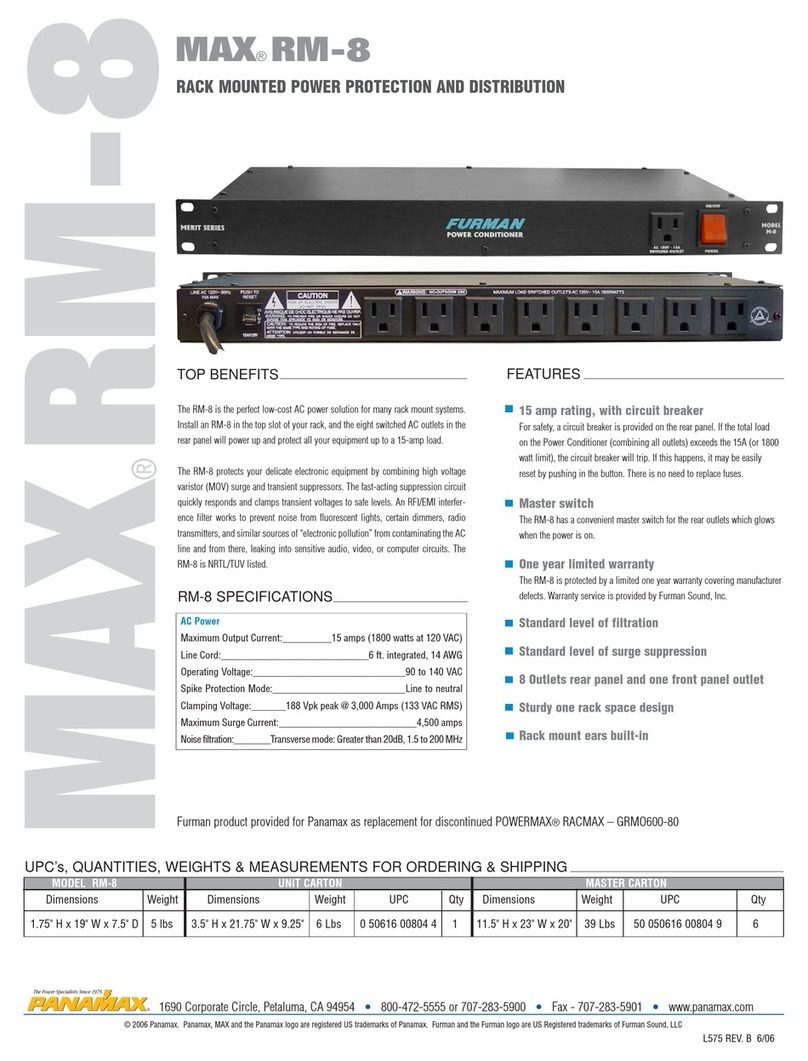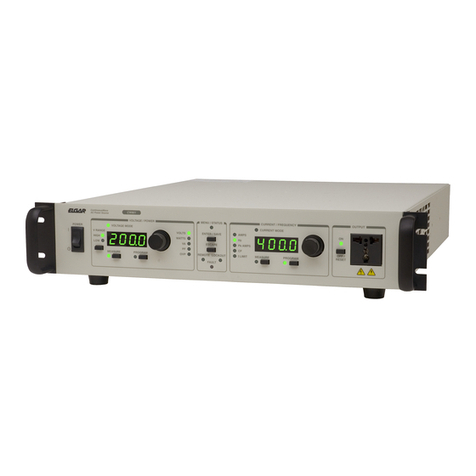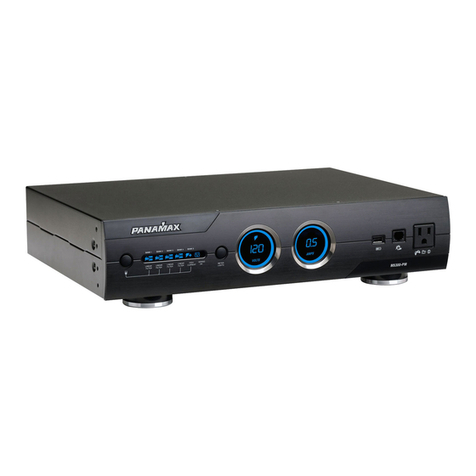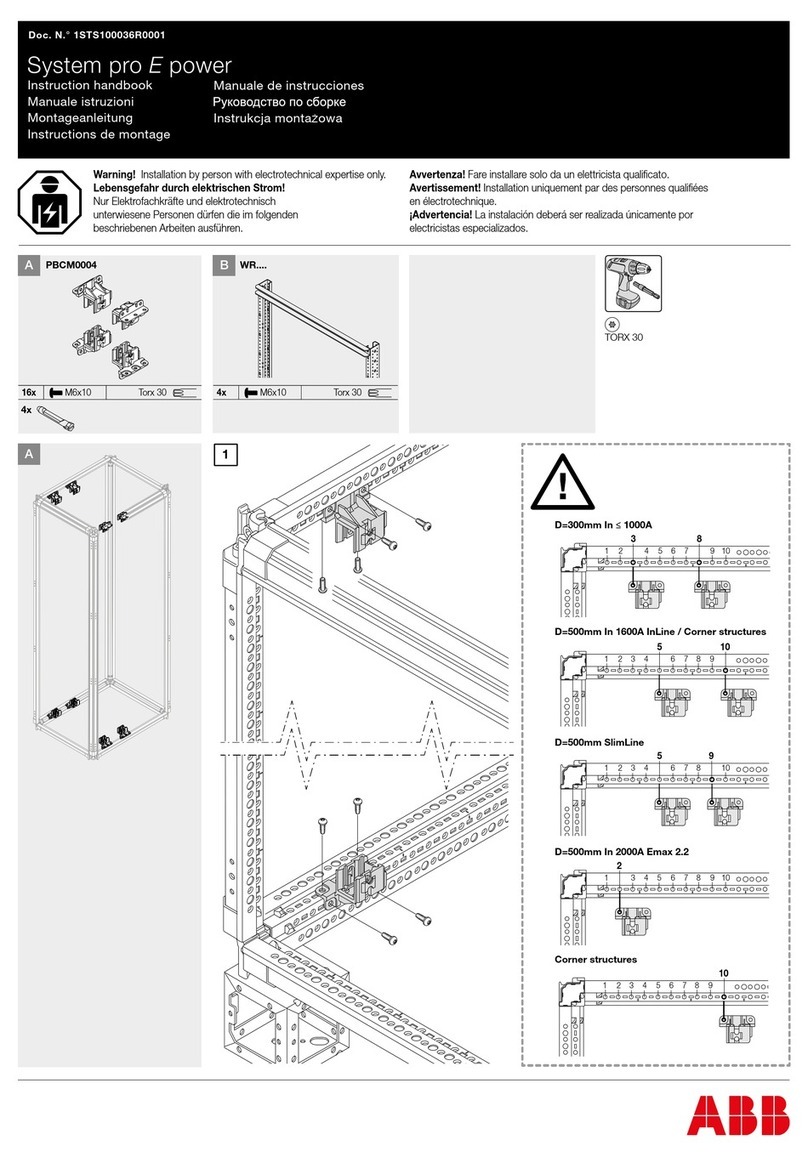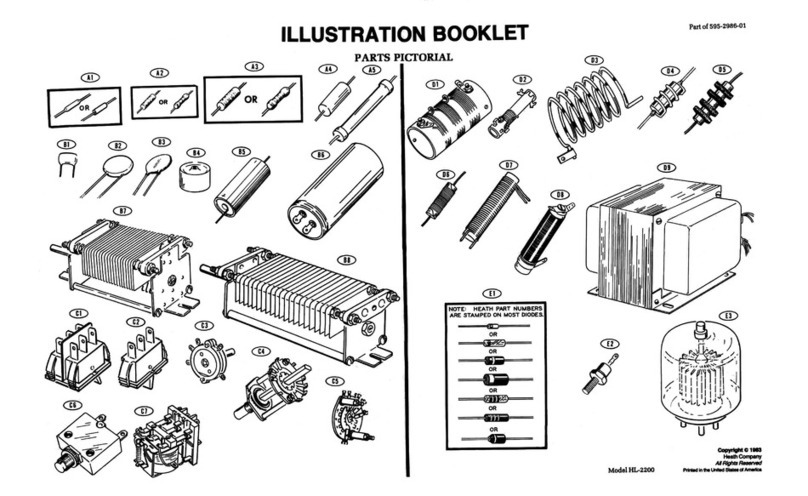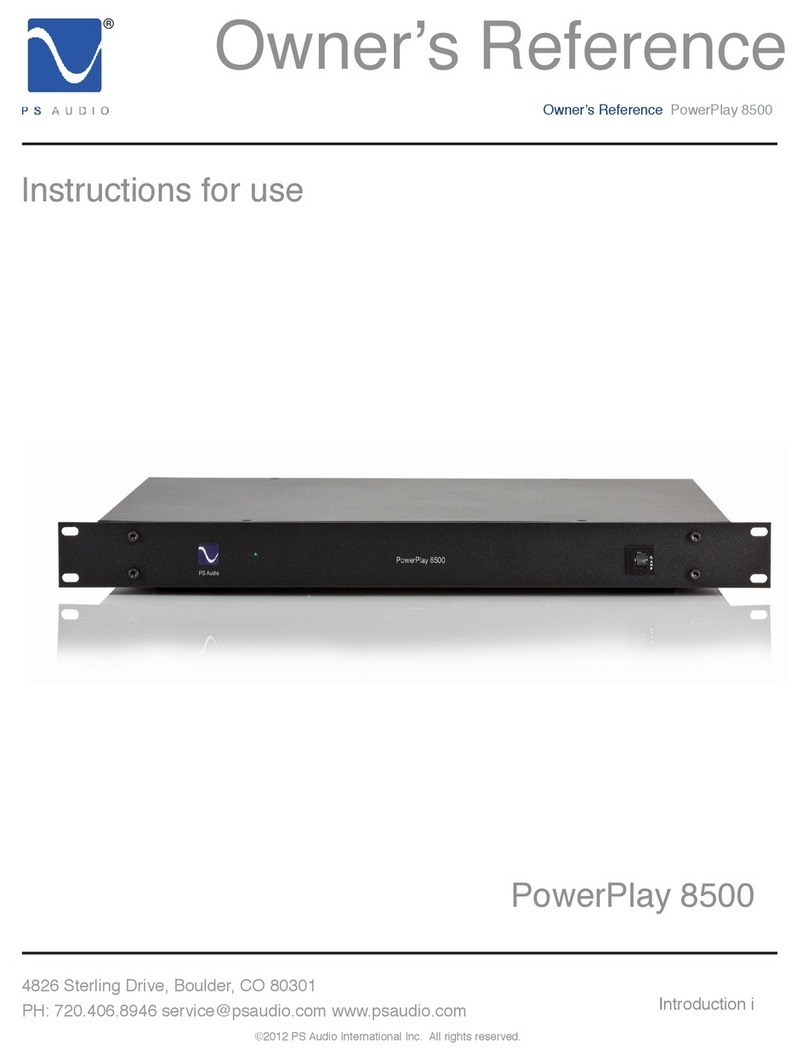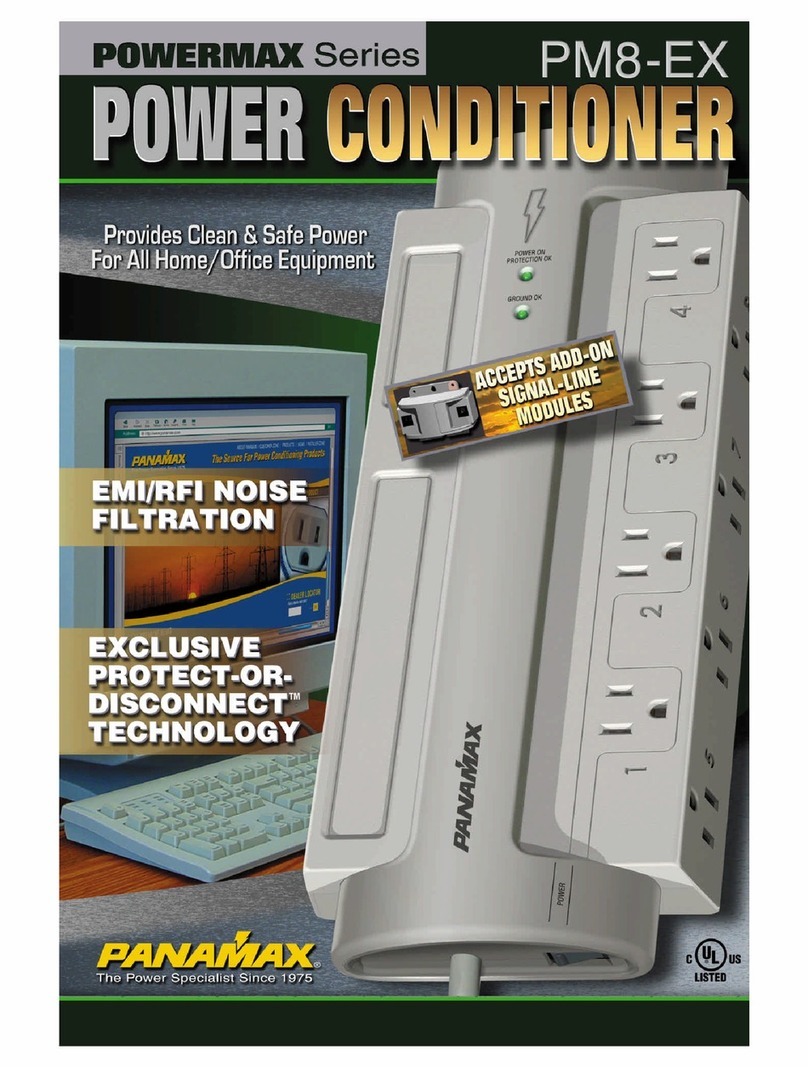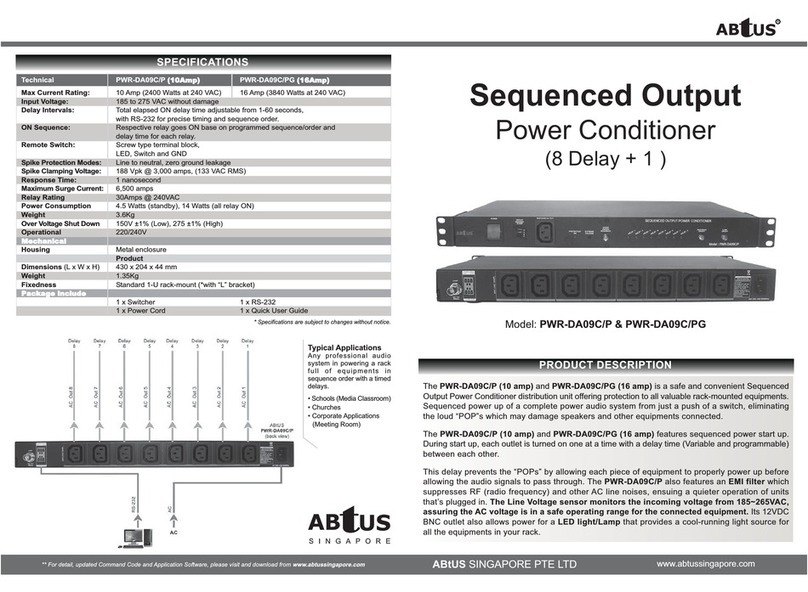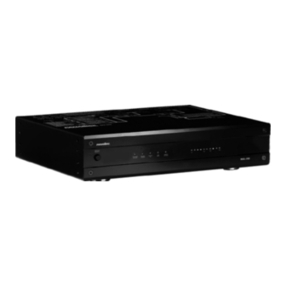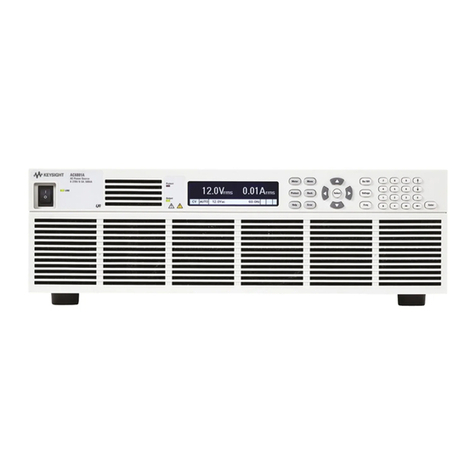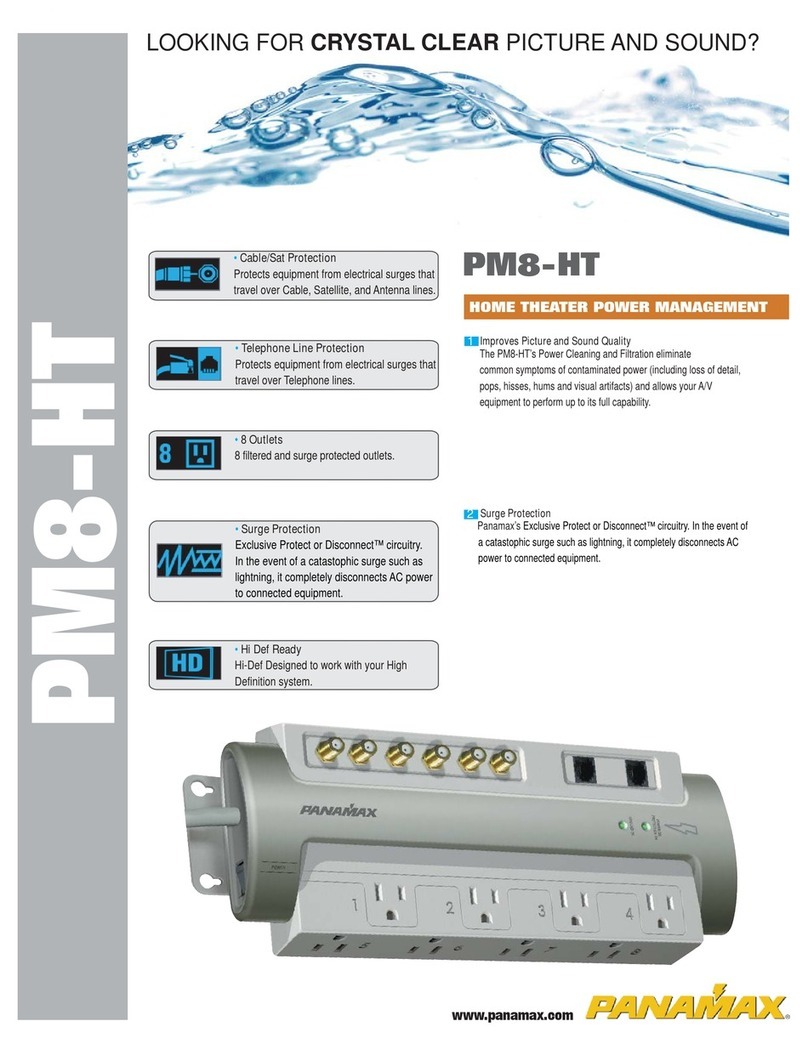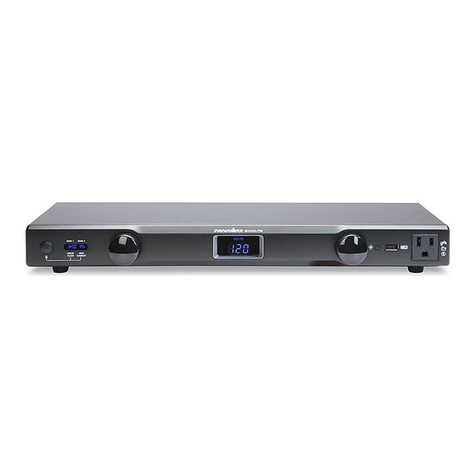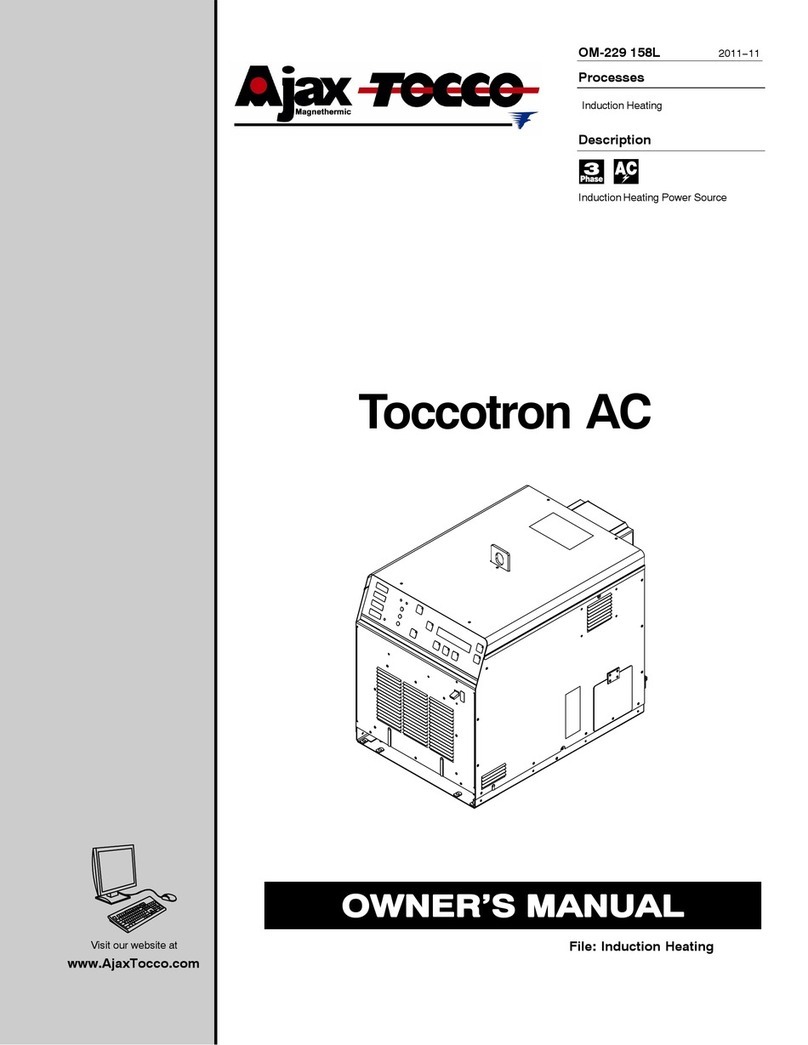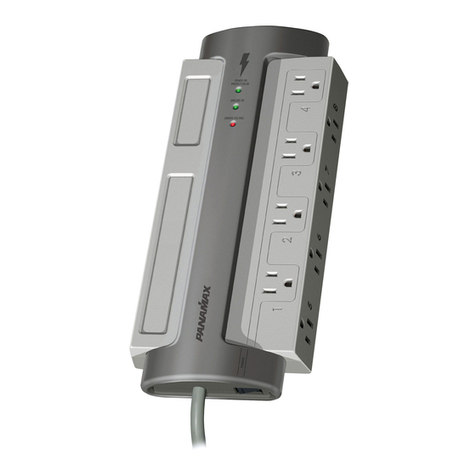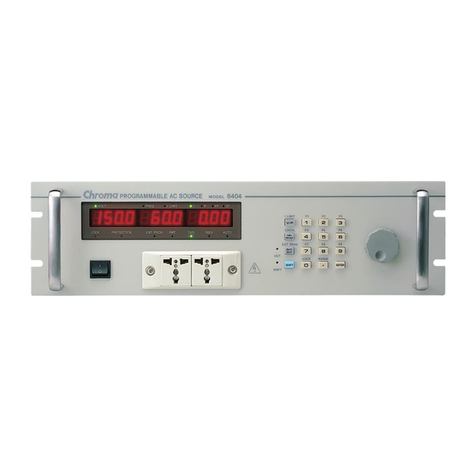5.3.5 Output initial phase settings ................................................................... 5-19
5.3.6 Waveform settings.................................................................................. 5-20
5.3.7 Peak current limiter settings ................................................................... 5-21
5.3.8 RMS current limiter settings ................................................................... 5-22
5.4 MEASURE Screen....................................................................................... 5-23
5.4.1 Output voltage measurement ................................................................. 5-24
5.4.2 Output current measurement.................................................................. 5-25
5.4.3 Output power measurement ................................................................... 5-26
5.4.4 Load power factor measurement ............................................................ 5-26
5.4.5 Load crest factor measurement .............................................................. 5-27
5.4.6 Output harmonic current measurement .................................................. 5-27
5.4.7 External synchronization frequency measurement.................................. 5-27
5.5 MISC Menu ................................................................................................. 5-28
5.5.1 Sequence (SEQUENCE) ........................................................................ 5-28
5.5.2 Memory (MEMORY) ............................................................................... 5-32
5.5.3 Remote (REMOTE) ................................................................................ 5-33
5.5.4 System (SYSTEM) ................................................................................. 5-34
5.5.5 Setting range limiter (LIMIT)................................................................... 5-35
5.5.6 Selection of measurement display (MEASURE)...................................... 5-36
5.5.7 Reset of peak current hold value............................................................ 5-36
5.5.8 Output on/off .......................................................................................... 5-37
5.5.9 Adjusting DC offset ................................................................................ 5-38
5.6 System Menu .............................................................................................. 5-40
5.6.1 Keylock .................................................................................................. 5-42
5.6.2 Beep sound............................................................................................ 5-43
5.6.3 LCD contrast adjustment........................................................................ 5-44
5.6.4 LCD display color setting........................................................................ 5-45
5.6.5 Time unit setting..................................................................................... 5-46
5.6.6 Output on/off setting at power-on ........................................................... 5-47
5.6.7 External control input enable/disable setting .......................................... 5-48
5.6.8 Reset function........................................................................................ 5-49
5.6.9 System information ................................................................................ 5-49
6. REMOTE INTERFACE........................................................................................ 6-1
6.1 Remote Interface...........................................................................................6-2
6.1.1 USB ......................................................................................................... 6-2
6.1.2 RS232......................................................................................................6-4
6.2 Command List ............................................................................................... 6-7
6.3 Command Descriptions ............................................................................... 6-13
6.3.1 Overview of Programming Language...................................................... 6-13
6.3.2 Detailed command descriptions.............................................................. 6-18
6.4 Command Tree............................................................................................ 6-49
6.5 Status System ............................................................................................. 6-50
6.5.1 Status byte............................................................................................. 6-51
6.5.2 Standard event status............................................................................. 6-52
6.5.3 Operation status..................................................................................... 6-54
